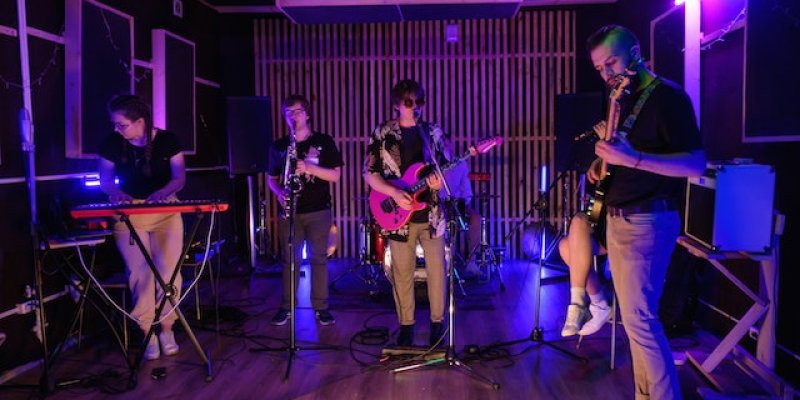
Depending on what genre of music we're talking about, a breakdown can mean a variety of different things. But overall, a breakdown section of a song is when many of the instruments are stripped away to provide a solo section for one or more instruments.
The concept of a breakdown was first coined in the world of disco music in the 1970s in a moment that was actually just a creative mistake. Producer and sound engineer Tom Moulton was playing around with his mix and wound up innovating in the dance music world.
While the term was started with disco music, it was probably around for longer without having a name for it since the technique was often found in folksy genres like bluegrass and country music from the early 1940s.
Breakdowns in dance music like to focus on highlighting the percussive or bassy instrumentation like the drums and 808s, whereas a breakdown in bluegrass may feature a melodic solo section from an instrument.
This song section is also featured in rock genres, especially heavy metal where the drums often follow different rhymical patterns for a breakdown and get really intense with the bass and low end of the overall track as well.
Like bluegrass solos, breakdowns in a genre like jazz will often feature an instrumental solo where players riff and freestyle one at a time toward the end of a song, showing off their skills.
The main reason that musicians like to include a breakdown in their songs is that it creates a section where the dynamics really dial it down for a bit, then build up to a climactic point in a song.
Songwriters often use a section of a song called a bridge, which can also provide a climactic point where the singer and/or instrumentalists really ramp it up in volume, emotion, and range.
With a breakdown instead of a bridge or a breakdown before/after your bridge, a musician can increase the effect of the emotional energy in their song with this intense dynamic contrast between the breakdown and other sections of a song.
Breakdowns are super popular because they get listeners so involved with the overall experience of the song. For dance music, the breakdown really gets a lister moving. For songs with heavy lyrics, the sections serve as a part that hits you right in the gut.
When the breakdown features one instrument at a time, it gets the listener to really connect with each sound that is adding to the overall magic of the track and better help their brains to process how each layer works together so well.
Genres like jazz and bluegrass allow instrumentalists to really shine in terms of their musical ability. Breakdowns are often improvised sections where the musicians get to come up with rhythms and melodies on the spot.
In other cases, the breakdown features one instrument performing a section that was already popular in the song and adding its unique touch to the overall phrase.
This is always a great idea for groups that have a lead performer like a singer who often gets the spotlight, and the instrumentalists who keep the music together get to have their moments in the spotlight with a solo! It's not uncommon to hear applause after each instrumentalist does their thing.
In some cases, like in heavy metal music, a breakdown is also a great chance to switch up the tempo completely. Metal bands often have breakdown sections where they slow the tempo down to half speed to really give you that feeling of dynamic and tempo contrast.
In rare cases with rock or pop music, a breakdown can speed the song up and add more energy to the song sections that follow, giving the overall track a whole new feel.
Related Post: Parts Of A Song - The Possibilities With Song Structure

As a session singer, writer, and producer that has worked with over 300 clients to provide high-quality jingles, singles, and features, Yona spends her time creating and marketing new music and helpful resources for creators. Check out Yona’s latest releases on her Spotify, her Youtube and share if you like it!
If you are in need of singer, songwriter or song producer services, see what Yona Marie can offer you on her services page.